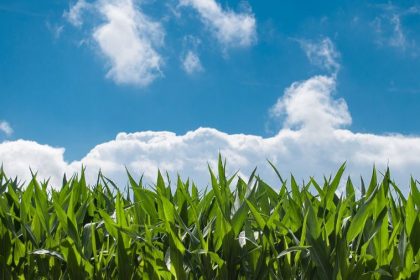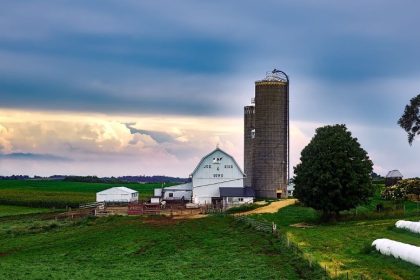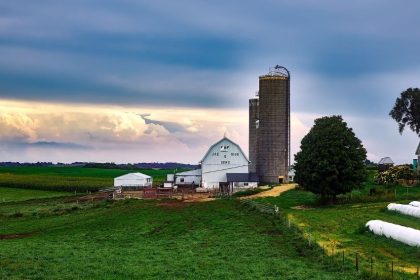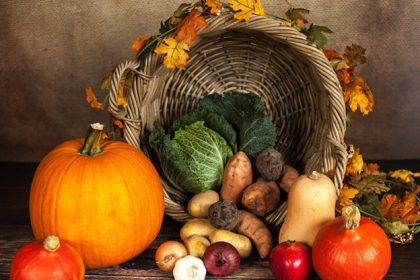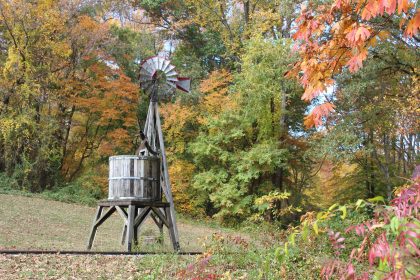Flummoxed by the Farm Bill? New Primer May Help
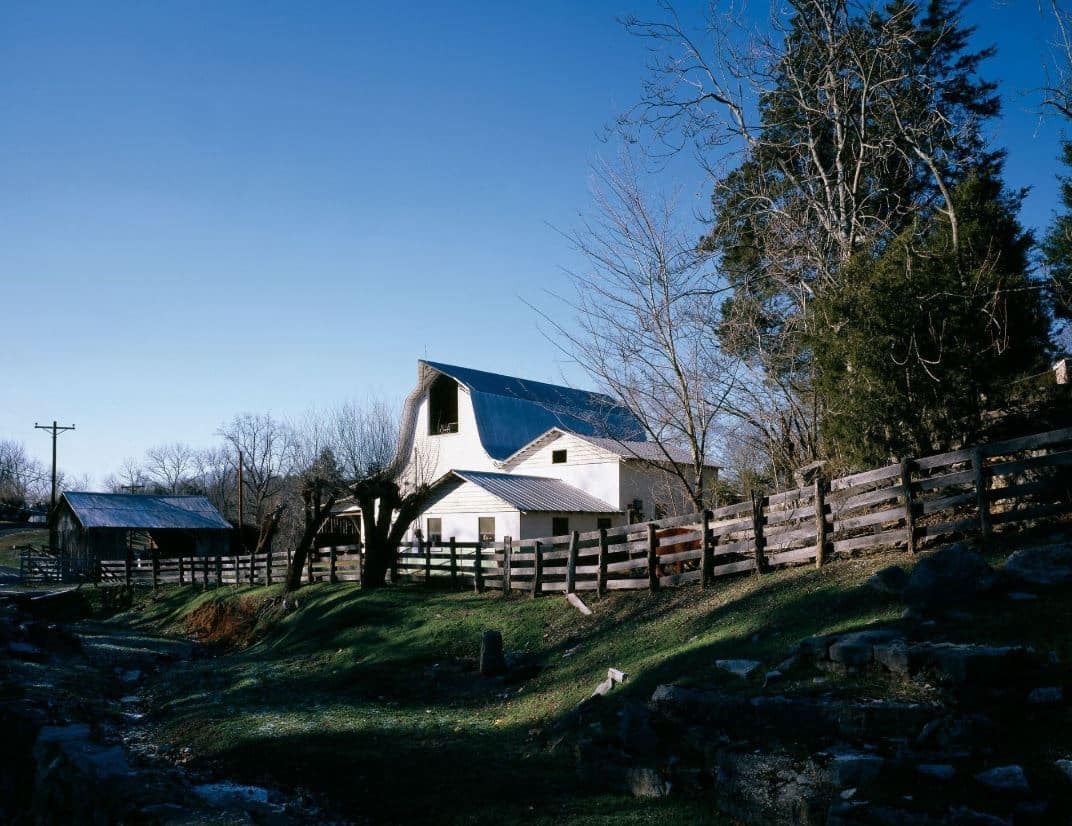
WASHINGTON — It is one of the most important bills the Congress regularly deliberates, a sweeping, multiyear package that governs the nation’s food and agricultural programs and has to be reauthorized every five years.
And in addition to developing and enacting farm legislation, Congress has to oversee its implementation.
If it all seems big and mysterious — or if you’re just “ag-curious,” a recent primer and a brand new guide to farm bill videos from the Congressional Research Service may just be what you’re after.
One note, however, the videos themselves, while broken down by topic and described, are only available to members of Congress and their staff.
That said, another great resource for the general public is the History of the Farm Bill page on the Library of Congress’ website.
What one learns from the combination of the resources is that the very first farm bill, the Agricultural Adjustment Act of 1933, was part of the New Deal.
Passed in response to the drop in U.S. crop prices after the first World War and the effect of both the Great Depression and the Dust Bowl on farmers, the act created programs to reduce surplus and raise crop prices.
Prior to this time, agricultural policy in the United States focused mainly on land distribution, education and research programs aimed at increasing agricultural productivity, and programs that provided farmers and people raising livestock with market information.
With the advent of the farm bill, lawmakers became more activist, seeking to address a wide array of challenges related to farms, food and the nation’s well-being.
Under the first farm bill, farmers were eligible to receive subsidy payments in exchange for agreeing to reduce production of certain commodity crops.
These included staple commodities such as corn, soybeans, wheat, cotton, rice, peanuts, dairy and sugar.
The purpose of this, as the Library of Congress explains, was to achieve “parity,” in other words, a fair exchange value for agricultural products.
Price control and other forms of support for farmers would continue to be one of the main functions of the farm bill in years to follow.
By the time Congress got down to the business of renewing the act, the soul-crushing effects of the Dust Bowl — a disaster caused by an extended drought, unusually high temperatures and poor agricultural practices — were well known.
As a result, Congress had little trouble agreeing to the continuation of the 1935 Soil Conservation Act and the 1936 Soil Conservation and Domestic Allotment Act within the farm bill.
Intended to address the environmental crisis, the acts established the Soil Conservation Service and charged it with coming up with ways to prevent soil erosion.
At the same time, they established the policy of compensating farmers for planting soil-supporting crops such as soybeans and reducing production of crops that contributed to soil erosion.
Since the passage of the first farm bill, another 18 have followed, with the most sweeping changes coming with the passage of the Agriculture and Consumer Protection Act of 1973.
Though still a “farm” bill, it was the first to include reauthorization of funding for federal food assistance programs.
Because of the inclusion of that funding, the 1973 bill is often referred to as the first of the “omnibus” farms bill because it expanded the legislation’s focus beyond farm supports to other policy areas affecting the agricultural sector.
Each farm bill since has followed a similar pattern.
For instance, the Food and Agriculture Act of 1977 included the Food Stamp Act of 1977, which permanently amended the Food Stamp Act of 1964 with changes to eligibility requirements.
In 2008, the Food, Conservation, and Energy Act renamed the Food Stamp program to the Supplemental Nutrition Assistance Program.
Other significant additions since the early 1970s include horticulture and bioenergy titles within the bill, and the expansion of conservation, research and rural development titles.
Before going further, a word about the word “omnibus”: Often tossed around rather freely on the Hill, what it refers to, if you’ve ever wondered, is a bill that includes a number of separate and distinct matters under the umbrella of one “act” name.
The art of crafting a successful omnibus bill is linking a number of different subjects together in one measure in such a way as to compel leadership — and especially the president — to accept provisions they do not like or reject the whole thing.
Without reauthorization, some farm bill programs would expire, such as the nutrition assistance and farm commodity support programs.
Other programs — think, crop insurance — have permanent authority and do not need reauthorization. This latter group of programs is included in a farm bill to make policy changes or achieve budgetary goals.
One of the interesting aspects of the reauthorization process cited by the Congressional Research Service is that the omnibus nature of the farm bill can create broad coalitions of support among sometimes conflicting interests for policies that individually might have greater difficulty achieving majority support in the legislative process.
CRS notes that in recent years, more stakeholders have become involved in the debate on farm bills, including national farm groups; commodity associations; state organizations; nutrition and public health officials; and advocacy groups representing conservation, recreation, rural development, faith-based interests, local food systems and organic production.
“These factors can contribute to increased interest in the allocation of funds provided in a farm bill,” the authors of the primer wrote.
So what is the farm bill budget for 2023?
The “baseline” promulgated by the Congressional Budget Office is considered the gold standard for what future federal spending on mandatory programs would be assuming current law continues.
“It is the benchmark against which proposed changes in law are measured,” authors Renée Johnson and Jim Monke write. “Having a baseline provides projected future funding if policymakers decide that programs are to continue.”
A new scoring baseline from the CBO is expected soon. At present, meaning as of last month, the baseline for the next farm bill is estimated at $709 billion over five years (FY 2024-FY 2028) and $1,426 billion over 10 years (FY 2024-FY 2033).
Johnson and Monke note that the relative proportions of farm bill spending in the CBO report have shifted over time.
In the 2023 projection, the nutrition title is 85% of the farm bill baseline, compared with about 76% when the 2018 farm bill was enacted and 67% in the 2008 farm bill.
“Sharp increases in the Nutrition title reflect pandemic assistance and administrative adjustments made to SNAP benefit calculations,” they write.
For non-nutrition farm bill programs, baseline amounts in 2023 are greater than when the 2018 farm bill was enacted ($221 billion over 10 years as of 2023 compared with $210 billion over 10 years in 2018).
Johnson and Monke go on to say that supplemental spending is not part of the baseline but may be important because of its size in recent years.
In FY 2019 and FY 2020, they note, the Trump administration increased outlays by a total of over $25 billion to farmers and ranchers affected by retaliatory tariffs.
Since FY 2020, Congress and the White House have provided over $30 billion of supplemental pandemic assistance to farms and over $60 billion for nutrition.
In addition, the Inflation Reduction Act of 2022 added over $17 billion in outlays for four programs in the farm bill’s Conservation title and one program in the Energy title.
Since 2018, Congress has authorized more than $15 billion of ad hoc disaster assistance for agricultural losses.
“Congress may address the effectiveness of farm bill programs in light of this additional funding,” the authors of the primer say.
Dan can be reached at [email protected] and @DanMcCue


















